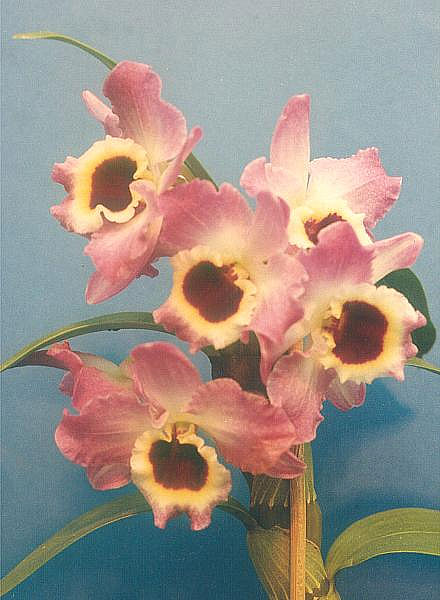|
Dendrobium Sect. Fytchianthe
''Dendrobium'' is a genus of mostly Epiphyte, epiphytic and Lithophyte, lithophytic orchids in the Family (biology), family Orchidaceae. It is a very large genus, containing more than 1,800 species that are found in diverse habitats throughout much of South Asia, south, East Asia, east and southeast Asia, including China, Japan, India, the Philippines, Indonesia, Australia, New Guinea, Vietnam and many of the islands of the Pacific Islands, Pacific. Orchids in this genus have roots that creep over the surface of trees or rocks, rarely having their roots in soil. Up to six leaves develop in a tuft at the tip of a shoot and from one to a large number of flowers are arranged along an unbranched flowering stem. Several attempts have been made to separate ''Dendrobium'' into smaller genera, but most have not been accepted by the World Checklist of Selected Plant Families. Description ''Dendrobium'' species are mostly Epiphyte, epiphytic, or Lithophyte, lithophytic although a few spec ... [...More Info...] [...Related Items...] OR: [Wikipedia] [Google] [Baidu] |
Dendrobium Kingianum
''Dendrobium kingianum'', commonly known as the pink rock orchid, is a flowering plant in the orchid family Orchidaceae and is endemism, endemic to eastern Australia. It usually grows on rocks, rarely as an epiphyte, and has thin, spreading leaves and spikes of up to fifteen, usually pink flowers in late winter to spring. It is popular in Australian native horticulture and is a commonly cultivated orchid among Australian orchid species growers. Description ''Dendrobium kingianum'' is usually a lithophyte but is occasionally an epiphytic or rarely a Terrestrial plant, terrestrial plant. Within its natural range, it grows on boulders and in rock crevices in open forest or adjacent to forest creeks. It can also be found on cliff faces. It sometimes occurs as an individual plant but can also form large colonies several metres across. Spongy, white roots enable it to absorb water quickly from a wet rock surface whilst at other times, reflect light to avoid overheating during long dry ... [...More Info...] [...Related Items...] OR: [Wikipedia] [Google] [Baidu] |
